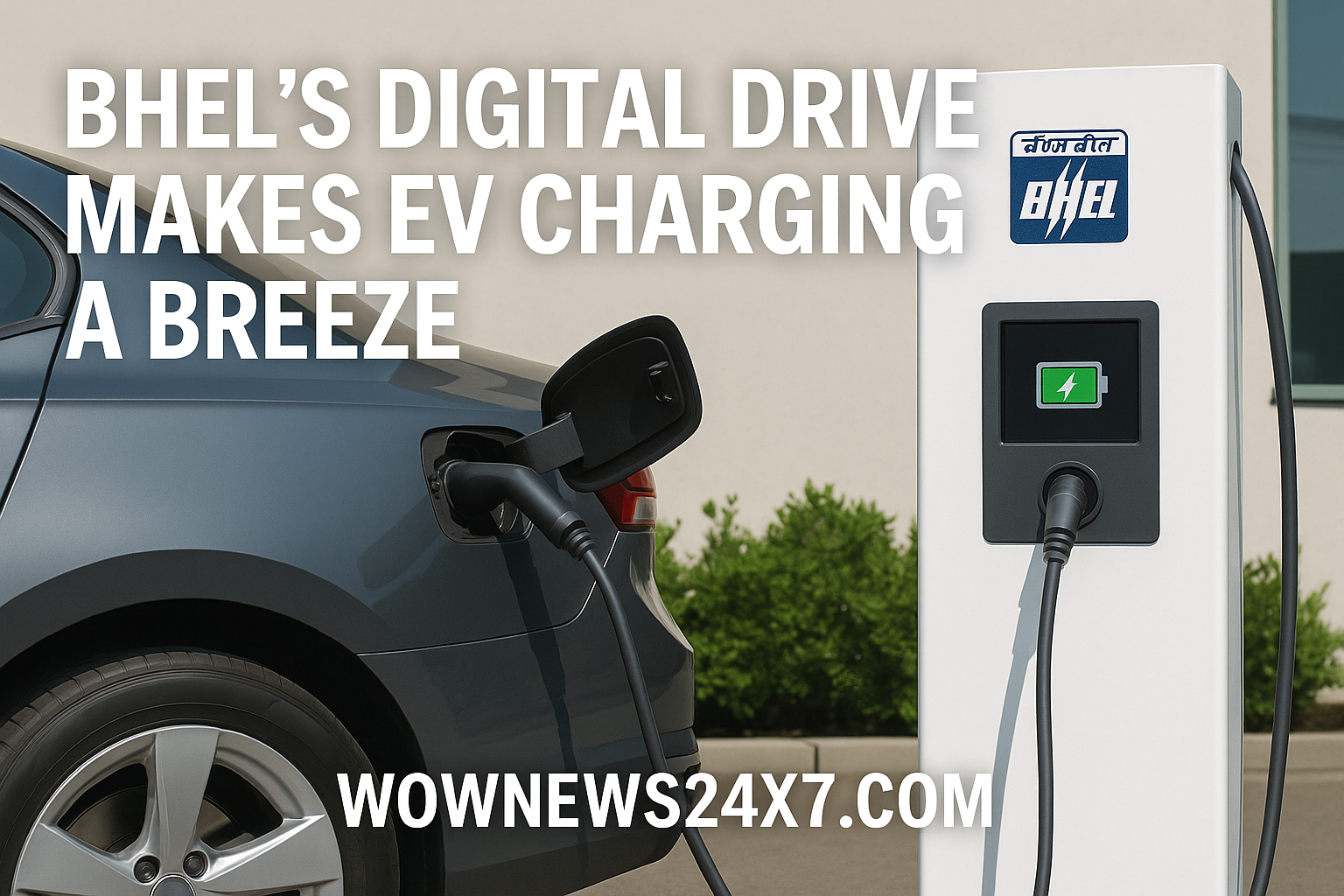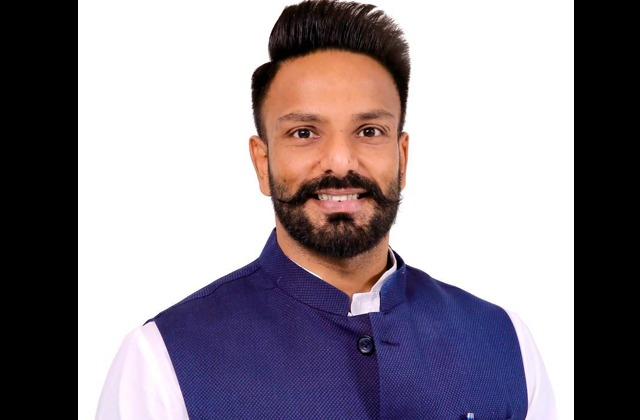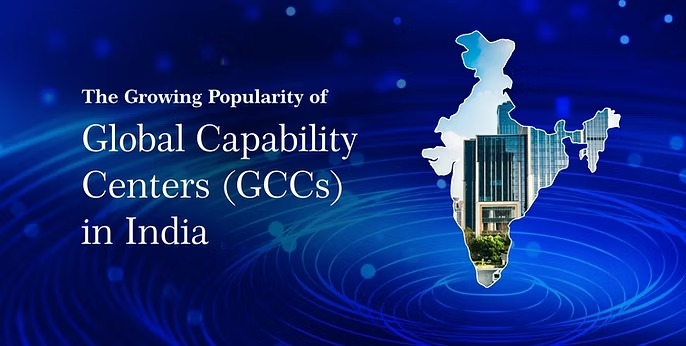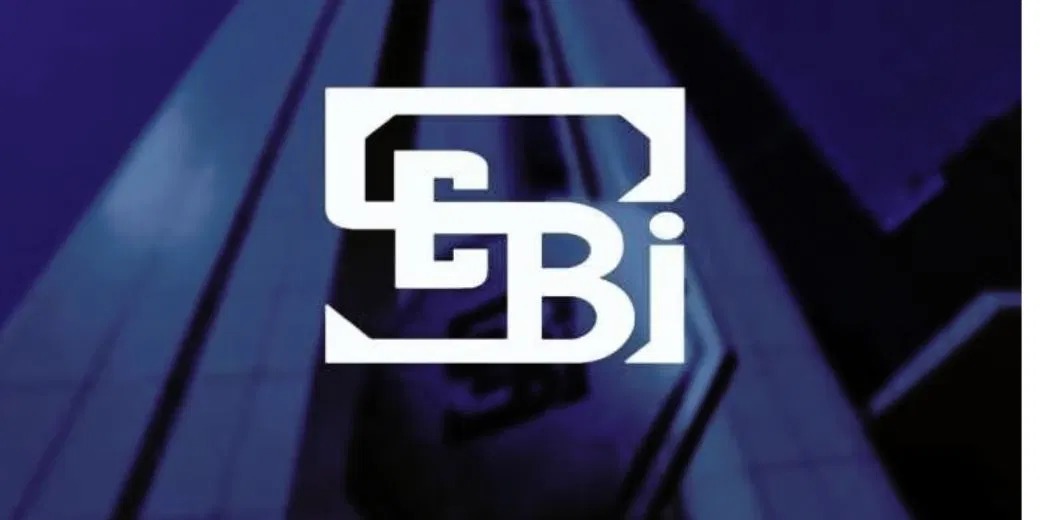In a bold stride toward a green future, Bharat Heavy Electricals Limited (BHEL) is stepping up as the government’s linchpin to revolutionize electric vehicle (EV) charging in India. By harnessing the strength of India’s world-leading digital payments landscape, BHEL aims to make charging EVs seamless, accessible, and efficient for millions, turbocharging the national drive for sustainable mobility under the transformative PM E-Drive scheme.
A Unified National Push: PM E-Drive Scheme
The PM E-Drive scheme is the government’s flagship program with a ₹2,000 crore outlay, targeting the installation of 72,000 public EV charging stations by March 2026.
These stations will be strategically positioned along 50 national highway corridors and at high-traffic urban locations—metro cities, railway stations, airports, toll plazas, and fuel outlets—erasing range anxiety for EV users across India.
BHEL’s Expanded Role: From Powerhouse to EV Ecosystem Leader
The government has designated BHEL as the nodal agency for demand aggregation and deployment of public charging infrastructure. Its reputation as an engineering behemoth now converges with digital innovation.
BHEL is tasked with compiling proposals from across states, coordinating with multiple ministries, and overseeing on-ground charger rollouts, ensuring rapid and coordinated growth of EV infrastructure.
The Payments Powerhouse: Building India’s ‘Super App’ for EVs
Central to this initiative is BHEL’s development of a unified digital super app—a one-stop EV user platform for:
Real-time slot booking at charging stations.
-
Integrated digital payments—leveraging UPI and India’s robust fintech infrastructure.
-
Live charger availability updates to minimize wait times and maximize convenience.
-
Dashboards for users and authorities to track the progress of the nationwide rollout.
This integration puts seamless payments at the heart of e-mobility, echoing India’s successful digital finance revolution and making EV charging as easy (and cashless) as hailing a cab.
Driving Green Growth—National Impact
The ambitious EV charging network will serve e-2 wheelers, e-3 wheelers, e-buses, trucks, and ambulances, supporting mass adoption across diverse user groups.
The government expects this coordinated approach to dramatically reduce carbon emissions, bolster Make in India manufacturing, and generate thousands of green jobs nationwide.
Immediate national priorities include rapid charger deployments, working with states to identify high-need corridors and city centers, and tracking deployment progress via the centralized app.
Industry and Policy Convergence
The national EV drive is not happening in isolation. Major ministries, public sector enterprises, and states are aligned for collaborative delivery—reflecting “one government, one mission” execution philosophy.
With India’s payments sector recognized as a world leader in digital adoption, embedding real-time payments in EV charging aligns with broader goals of transparency, efficiency, and user-centric service design.
The Road Ahead
As of April 2025, India had just over 26,000 public EV charging stations. The new target—almost tripling nationwide infrastructure in less than two years—reflects the urgency and scale of India’s energy transition.
By coupling national-scale engineering with fintech muscle, BHEL, in partnership with multiple agencies and the private sector, is set to ensure that clean mobility is not just possible but practical and effortless across the nation.
Relevant Sources: Press Information Bureau, eGov Magazine, Humans of EV, Telematics Wire, EQ Mag, Electric Vehicles IN, AutocarPro:, Angel One, Economic Times, Drishti IAS




